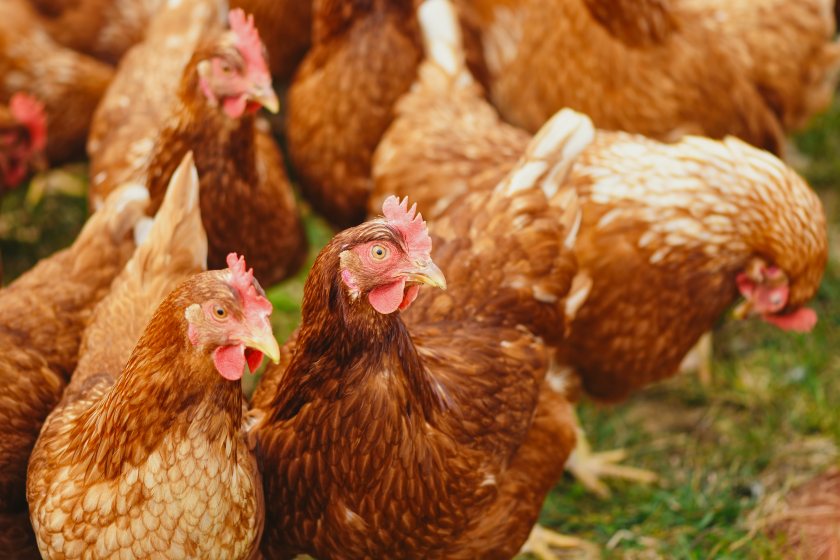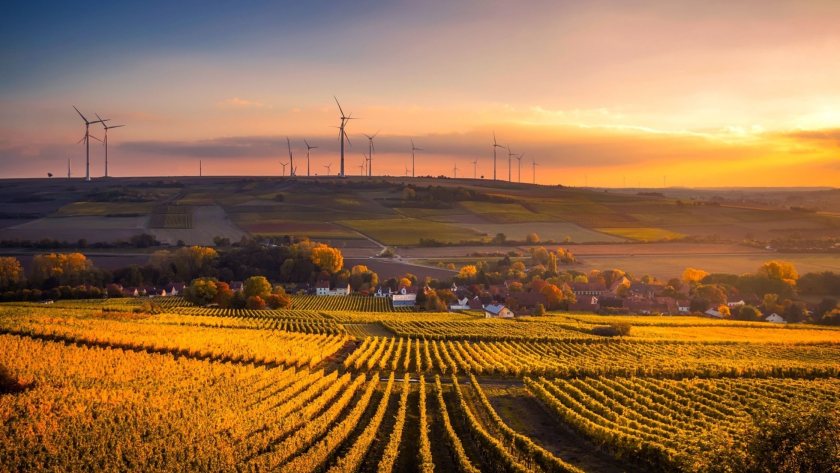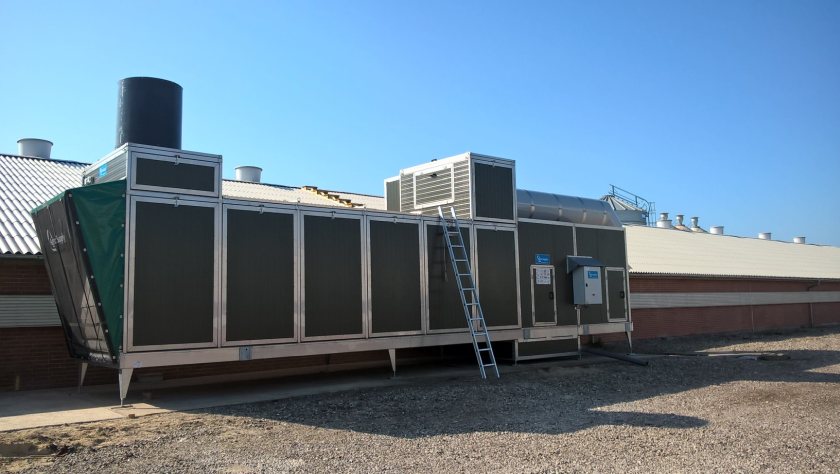
With carbon pledges being set out by government, the farming industry is in the race to farm more sustainably, but what does this mean for UK poultry?
Despite poultry farming being one of the lower carbon emitters in the agricultural sector, it doesn’t mean it will be an easy transition for everyday farmers.
This is especially true for broiler farmers, who rely heavily on fuel and natural gas to maintain house temperatures.
Globally, the poultry meat sector is liable for 8% of all agriculture carbon emissions with approximately 100kg of CO2 produced per 1kg of meat.
Vencomatic UK, one of the leading poultry equipment suppliers, has provided farmers with methods they can employ to reduce carbon emissions.
Feed
On the average poultry farm, feed can account for as much as 85% of the total carbon emissions, as soy is very high in protein and promotes high production.
Soy is mainly produced in South America and has been criticised as one of the leading contributors to deforestation.
Due to the long distances the feed has to travel the CO2 produced in transporting is high, greatly increasing its negative effects on the planet.
Finding an alternative protein source is crucial for the future of sustainable poultry farming. The alternatives to soy, such as rapeseed, beans, and lupins, are lower in protein. Large poultry businesses are conducting trials with soy alternatives measuring their effectiveness.
One solution that could be promising is feed supplemented with insect protein. The larvae of the black soldier fly can be as high as 65% protein and require very little breeding space.

Research is currently be conducted to see what effect this has on poultry health and egg quality.
Heating
With gas prices rising and unlikely to fall anytime soon it is advantageous for farmers to look for ways to minimise their gas usage not only as a step towards net zero but to save money.
Installing a heat exchanger onto a poultry house can save you up to 50% on your gas bill. These savings are amplified by the current high gas prices.
A heat exchanger works by using the heat leaving the house to warm the air coming in. The Vencomatic heat exchangers can recover up to 80% of the heat from the house meaning considerable savings for their farmers.
Energy
Electricity costs can be very high in a poultry house, and one of the steps that nearly all farmers have already made is the change to LED lighting. These lights, as many people know, use considerably less electricity.
Another way you can optimise your energy usage is by making sure that all your equipment is up to date and working correctly.

Old or breaking equipment can have a negative effect on the energy efficiency of the house. It is important to conduct checks, use a reputable company for servicing, and to update old, outdated, current hungry equipment.
Installing solar panels to the roof of your poultry house will help during peak times of energy usage. With the latest advancements in battery storage also looking extremely promising.
Manure
The manure produced by the poultry house accounts for 10% of the total carbon emissions. You can reduce this by simply covering manure heaps. Farms can sell their manure to anaerobic digesters for energy recovery.
An anaerobic digester is used to convert organic compounds into gases like methane and biogas. This gas can then be used to power generators, boilers, and burners.
Welfare
Investing in staff training to improve the welfare standards of the birds can have a positive effect on carbon emissions. Healthy birds have better feed conversion ratios, have less mortality, and produce more eggs to a better standard.
Although this alone is unlikely to make a significant impact on the long journey to net zero we believe poultry husbandry is crucial to high production.
Carbon capture
The importance of planting trees and hedgerows is key as they offset the CO2 produced by the poultry house. For layers they could also be incorporated into the range to provide a natural cover for the birds.
With government incentives offering £10,000 per hectare the scheme is proving to be enticing for many farmers.
